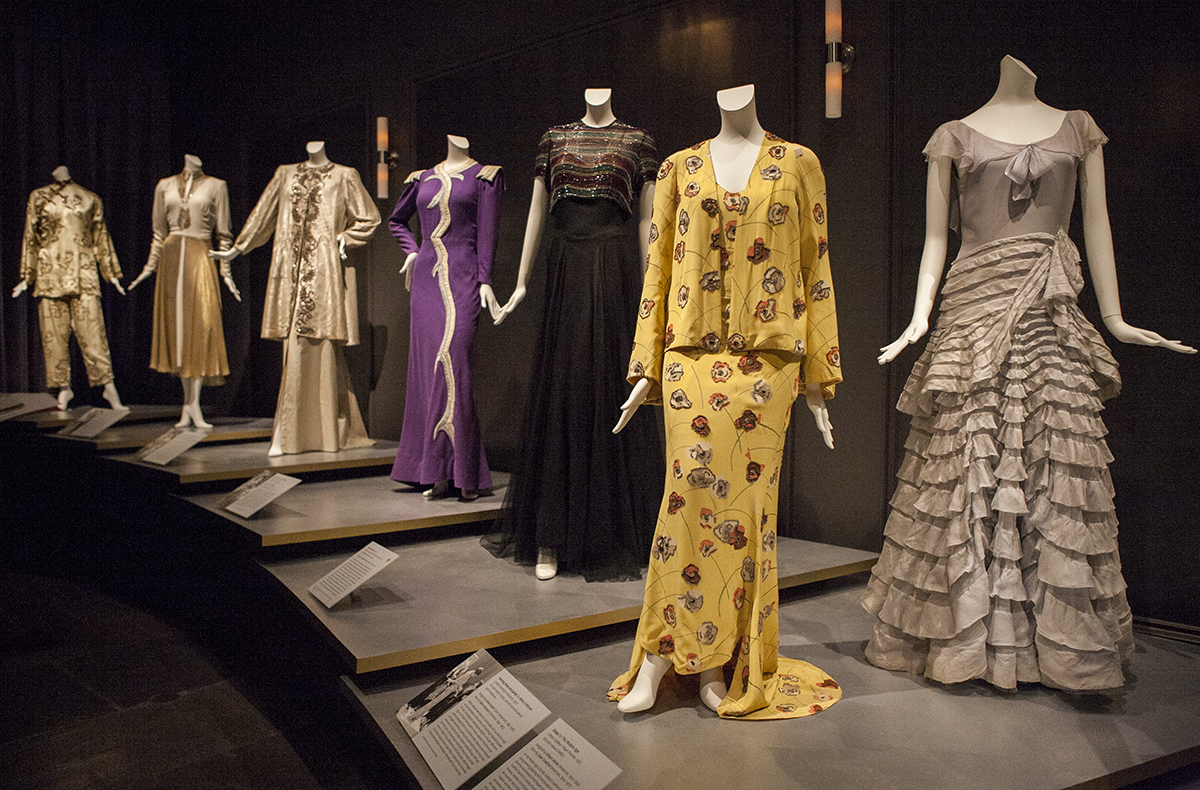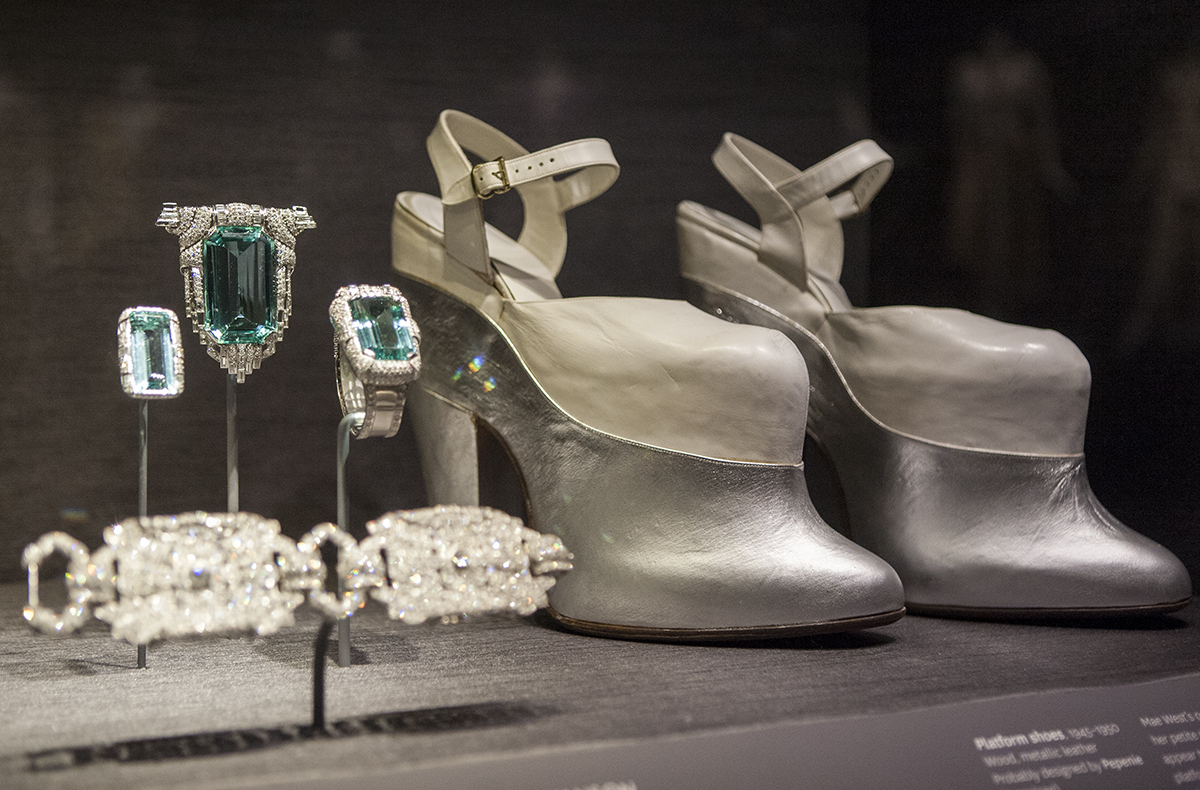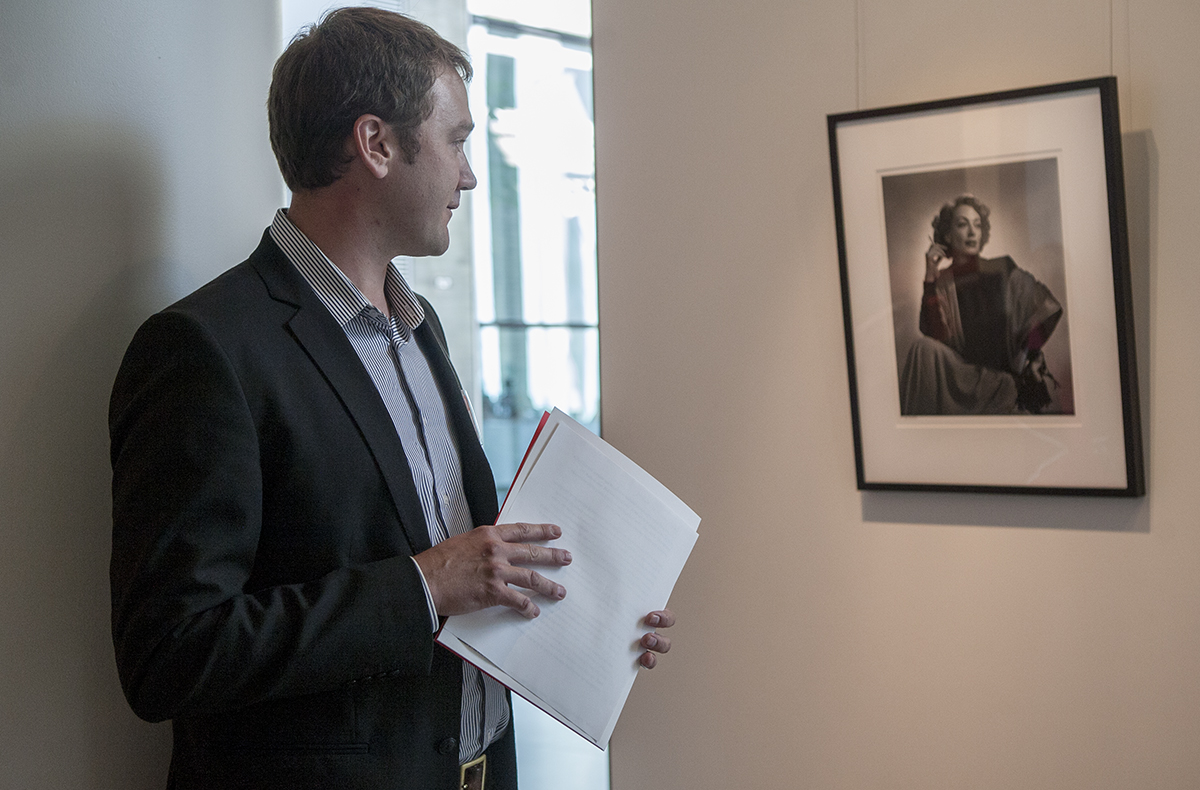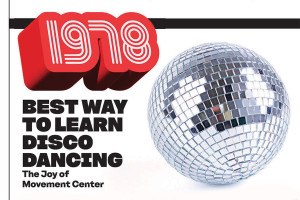MFA Shows Off Allure, Manipulation of ‘Hollywood Glamour’

“Hollywood Glamour: Fashion and Jewelry from the Silver Screen” presents 52 works representing the golden age of Hollywood. (Photo by Olga Khvan)
To this day, the starlets of the golden age of Hollywood remain larger than life, and their looks, consisting of luxurious satin gowns paired with sparkling diamonds, remain iconic. Opening Tuesday at the Museum of Fine Arts, “Hollywood Glamour: Fashion and Jewelry from the Silver Screen” highlights not only the allure of these iconic looks, but also the high level of construction—and, at times, even manipulation—that went into creating them.
At a press preview on Monday, Michelle Finamore, the museum’s curator of fashion arts, shared a quote by Joan Crawford that for her, epitomizes the idea behind the exhibit: “I never go outside unless I look like Joan Crawford the movie star. If you want to see the girl next door, go next door.”
Set up in the Loring Gallery of Textiles, the exhibit presents garments by the top designers of the time—Adrian, Travis Banton, Elsa Schiaparelli, Chanel—for the top stars of the time—Joan Crawford, Marlene Dietrich, and Mae West, to name a few. On the back wall, a running loop of scenes from famous films showcases four of the dresses in the exhibit as they were meant to be seen—on the silver screen.
But although they may appear flawless on film, Finamore points out the careful choices made toward achieving the looks. Designers opted for fabrics such as velvet, chiffon, and satin, for example, since they wouldn’t make extra noise that could be easily picked up by the less advanced sound equipment of the time. When considering color, pure white was never an option, since it would produce a halo effect on screen.
In fact, while the exhibit features a purple version of a gown designed by Elsa Schiaparelli to be worn by Mae West in the 1937 film Every Day’s a Holiday, Finamore stumbled upon an identical pale blue version during her research. She believes that both copies of the dress were tested to see which one would appear better on screen.
“These images were so carefully manipulated,” she said. “Unless you actually know what’s happening behind them, you don’t realize that.”
In another example of careful manipulation, the exhibit shows a pair of platform shoes specially designed for Mae West. The actress, who stood just about five feet tall, would wear them to add about nine inches to her height, but the design allows for the deception to remain hidden under her hemline.
“Mae West apparently wore these shoes all the time, whether she was going to lunch with friends or to the studio. This was part of her image regardless of where she was,” said Emily Stoehrer, the museum’s jewelry curator who collaborated with Finamore on the exhibit. “It’s a good example of the self-fashioning that was happening among Hollywood stars where they were constructing a certain image.”

These platform shoes were specially designed for Mae West. The actress, who stood just about five feet tall, would wear them to add about nine inches to her height. (Photo by Olga Khvan)
While the gowns chosen by Finamore were specially designed as costumes for films, the jewelry chosen by Stoehrer was personally owned by the stars. The exhibit includes a recent MFA acquisition of a gold, diamond, and aquamarine suite once owned by Joan Crawford, as well as pieces by the two biggest jewelry designers in Hollywood at the time—Paul Flado and Trabert & Hoeffer-Mauboussin. Many of the pieces appear on loan from designer and collector Neil Lane, a favorite among current Hollywood stars.
“When I collect jewelry, I really look at if it tells me the story of what’s happening in its day,” said Lane at the press preview.
Although many of the jewels are oversized and “made for a giant,” as Lane puts it, they’re also reflective of the time, a period marred by the Great Depression. Many of the pieces in the exhibit serve multiple purposes—one necklace features a pendant that can be broken down into two clips, as well as a chain that can be broken down into two bracelets.
“This is the Depression era, so the idea that jewelry could be convertible and worn in different ways was really appealing,” said Stoehrer.
To complement Finamore and Stoehrer’s exhibit, another exhibit by first-time curator James Leighton titled “Karsh Goes Hollywood” is on view downstairs in the Sharf Visitor Center. It presents 20 portraits by celebrated photographer Yousuf Karsh of famous actors, actresses, producers, and directors of Hollywood’s golden age.
But in lieu of traditional museum labels, Leighton chose to exclude the starlets’ names and instead to include quotes either by them or by famous characters they once portrayed, inviting viewers to test their knowledge.
“Every night for the last few months I’ve watched films from the period, notebook in hand, waiting for the perfect line,” said Leighton.
Among the curator’s favorites are portraits of Elizabeth Taylor, who was photographed shortly before her 15th birthday; Judy Garland, for which finding an accompanying quote from The Wizard of Oz was a “piece of cake”; and Joan Crawford, whose accompanying quote perfectly complements the idea behind the “Hollywood Glamour” exhibit upstairs—”A woman never goes anywhere but the hospital without packing makeup, clothes, and jewelry.”

Curator James Leighton looks at a portrait of Joan Crawford featured in his new exhibit “Karsh Goes Hollywood.” (Photo by Olga Khvan)
“Hollywood Glamour: Fashion and Jewelry from the Silver Screen” and “Karsh Goes Hollywood” are on view at the Museum of Fine Arts from September 9 to March 8, 2015. For more information, visit mfa.org.

